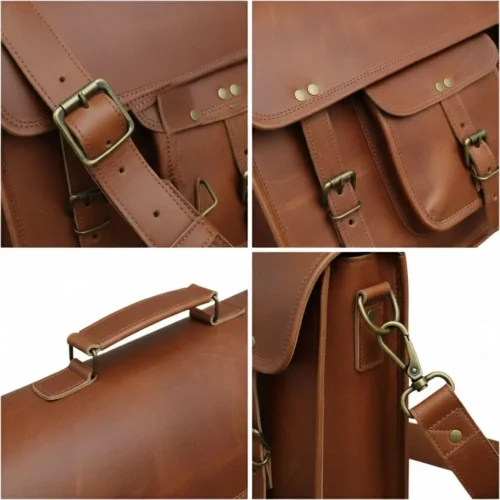
🚛 FREE SHIPPING | LIFETIME REPAIR WARRANTY | 20% Sale: “NEWYEAR20”
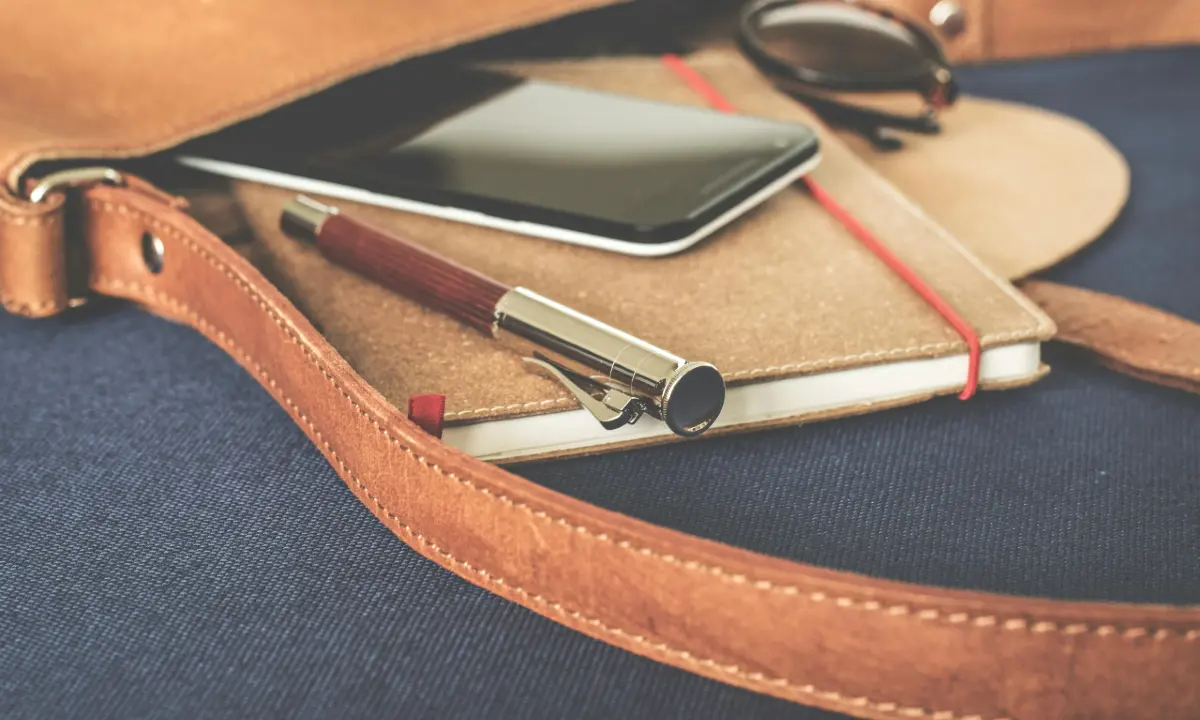
Have you ever thought about creating your own personal journal? Have you ever thought about indulging yourself with a leather book that is perfect for capturing your thoughts, dreams, and adventures? Well, binding a book in leather will be the perfect idea to capture your essence. Leather book binding is like making efforts for curating a glorious book that speaks volumes. You can even put in textured paper, where even your subtle writing appears like calligraphy. This guide is everything you need to understand the depth of leather and exploring everything about how you can play with leather the most.
Leather is not a necessity, it is a luxury. Be it in the form of leather bags, types of backpacks, or in the form of leather journal, these are always set to remain the timeless classics. However, the present trend is about binding of leather books, making it appear distinct and beautiful. Leather book binding is the art of creating a book cover, made out of animal hide. These covers offer an upgraded form of paper cover. This age-old technique is made for enhancing journals, notebooks, or even restoring old books. The key step of a bookbinder leather is typically about attaching prepared leather to cardboard covers, sewing the book together, and then covering the leather cover to the spine and sides. Leather book binding adds a decorative enhancement to a subtle book cover.
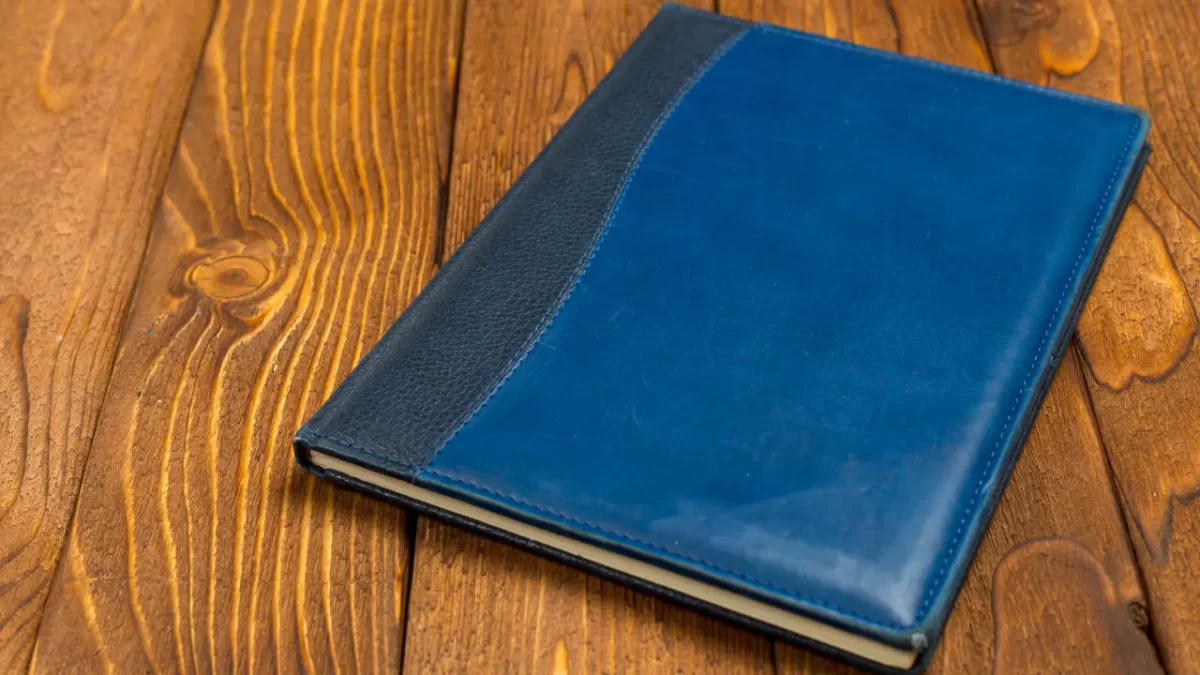
Leather book covers are considered one of the best choices for several reasons. The foremost reason is the unmatched durability. Compared to paper or cloth, leather is considered safer from tears, scratches, and even spills. This ensures the utmost safety of the book with a cherished heirloom. Moreover, bookbinder leather material also provides natural flexibility, allowing the book to open and close smoothly without cracking.
Leather elevates a book making it appear like an art piece. Its rich texture and beautiful drape create a visually stunning cover that is superior to touch. High-quality leather also ages gracefully, that adds to its dramatic character. Finally, leather is surprisingly versatile, available in classic browns to vibrant dyes and offers a wider range of perfectly complimenting colours.
Before thinking about how to leather bind a book, the prior question must be gathering the necessary tools for the purpose. So, here is a list of all that you need before starting.
Shape your journal covers using sharp-edged tools like sharp craft knives, scissors and cutting boards.
For the step of sewing and binding a book in leather, you need awl to punch holes for sewing, binder’s needle and linen threads for sewing.
Lastly, craft the cover with tools like bookbinding paste, bone folder, clamps, and some quirky decorative elements to paste on each of the cover.
Let’s immerse with a brilliant combination of art and practicality using a leather journal. Here are 6 simple steps about how to make a leather book cover.
Create a basket for yourself holding all the basic tools for making the journal covers. For this, you need tools for leather cutting including a rotary knife, scissors, and a cutting mat. Get an awl to punch holes followed by threads and needles to sew. Gather piles of paper, preferably archival papers, to sew within the leather cover. Use a bone folder for creasing leather, and lastly some decorative pieces to embellish the leather book cover. Infuse more art and practicality into your book cover with adding unique decoratives atop, giving it a more personal touch.
There is a variety of leather available in numerous colours. Look for soft leather or search for ideas about how to soften leather, making it more flexible. Next, you must decide on the size and shape of your journal to trim the leather accordingly. For this, use a craft knife or rotary cutter on a mat to cut your leather pieces based on the design of the leather journal. You will typically need two pieces of leather for the cover and thin strips for binding these. Look for hacks to burn designs or tooling onto the leather, giving it a desirable look.
Assemble your journal with the papers and book covers to discover more accuracy in your design. For this, cut your paper to the desired size for the internal pages as decided through the bookbinder leather pieces. You can fold and crease these papers and leather pieces using a bone folder, bringing them into signatures or groups of pages making it easier to stitch. Stack the group together and mark where you want holes for stitching. Use your awl to punch clean holes through all the signatures at once. And here your gorgeous bundle is ready!
Begin your leather book binding with the step for stitching. Thread your needle with a strong linen thread, which is considered the most appropriate for leather. Explore the various stitching techniques for bookbinding, that not just include simple running stitch but creative button home stitch and more. Use your thread as a means to add more creativity to the leather. Begin sewing the signatures together through the pre-punched holes, binding all into one. Do ensure your stitches are tight and secure, to avoid any tears lately.
Apply glue to the edges of one of your leather cover pieces, making it a base to bind the cover. Carefully place the stitched paper block signatures to the glued side, lining everything up precisely, and binding it into a durable notebook. Wrap the other leather cover piece around the back of the journal, again using glue and tightly secure the spine and edges from one another. To tighten the grip of the glue you can use a binder’s clamp. Binder’s clamps can be helpful here to apply pressure while drying and fixing every edge perfectly.
Give an exquisite personal touch to your leather journal at last. Once the glue is dry, you can add decorative touches like ribbons, clasps, or further tooling on the leather cover, enhancing the appeal and utility of the cover. The final stage is with burnishing the leather edges using a burnishing tool. This will give a smooth and finished look to the cover, giving you a beautiful leather journal that will hold your own personal stories.
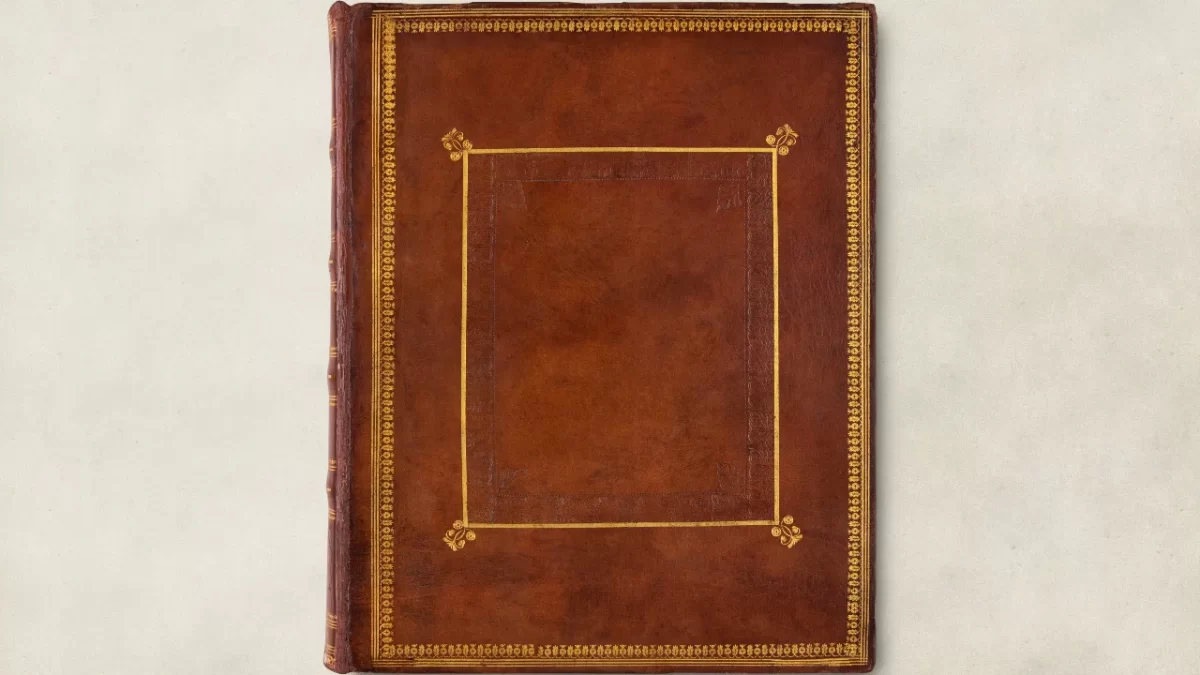
Be it binding a book in leather or buying leather-bound books you will have to be prepared with a hefty price tag due to the materials and craftsmanship involved in creating one. Firstly, leather itself is considered more expensive than paper, and cutting and stitching it requires specialized skills and good quality of tools for easy crafting. Additionally, some leather-bound books are collector’s editions and also have distinct embellishments like high-quality paper, which further inflates the cost of the accessory. While these are pricier, leather bindings are known for durability and give a touch of luxury, making them a treasured possession for book lovers.
All that you need is a luxurious personal edition for yourself where you can speak your heart out. Gift yourself a gorgeous leather journal, handmade with love. The above guide will help you explore everything about how to leather bind a book and add your touch of uniqueness to it.
Also, be peculiar with the size management, so that everything fits within the signatures perfectly.
Enjoy a journal made for you and by you.
Absolutely. Leather can be a go-to material for centuries because of its strength and longevity. Leather are sturdy, safeguarding your book’s pages from wear and tear. Beyond functionality, leather brings a touch of elegance and sophistication to the notebook. Using a variety of types, thicknesses, and colors available, you can customize this leather into a beautiful piece.
Goat and calfskin leather are considered the best leather choices. Goat is known for its suppleness and durability, which makes it easy to tool and hide scratches. While calfskin offers a smoother finish making it ideal for detailed designs, that might not show wear and tear easily.
Bookbinding leather is not much difficult, but it is a time-consuming process. With efficient and sharp tools, leather book binding can be a comparatively easier process.

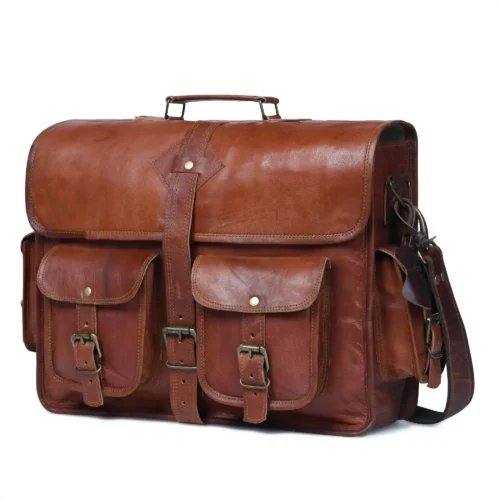
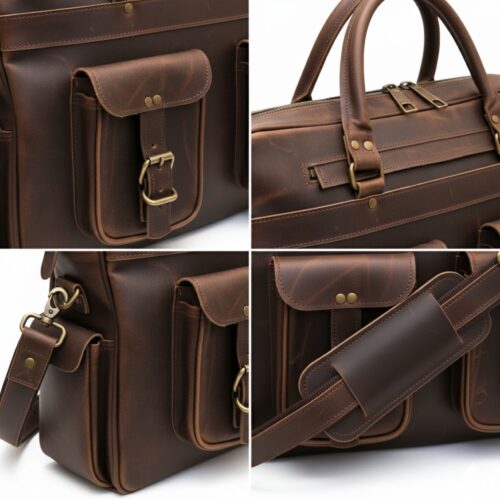
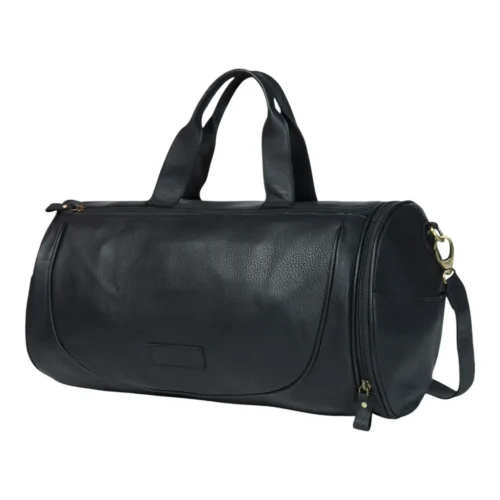
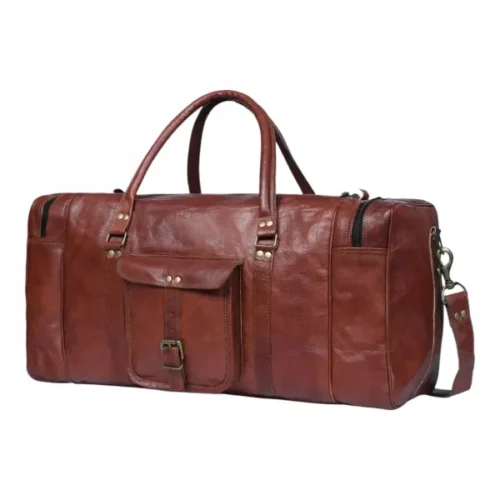
7 in stock
$140.00 – $160.00Price range: $140.00 through $160.00
8 in stock
$150.00 Original price was: $150.00.$69.00Current price is: $69.00.

